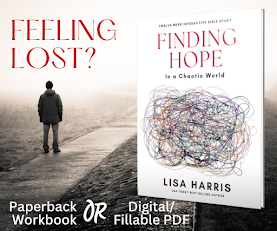
Our work with African Outreach Ministries (AOM) extends beyond South Africa and into Zambia, Zimbabwe and Mozambique. Recently, Janelle, Scott’s aunt, put together an informative sketch on Zimbabwe, the country’s current situation, and our response to their needs.
ZIMBABWE
The country of Zimbabwe is located in the heart of southern Africa. It is home to the magnificent Victoria Falls (one of the natural wonders of the world) and to national parks with vast herds of elephant and wild game. On its northern border with Zambia is the beautiful Zambezi River with its crocodile and hippo, flowing down to form Lake Kariba, one of the largest man-made lakes in the world. It is a country of great contrasts and great potential.

The 13 million people of Zimbabwe consist primarily of the Shona and Ndebele people. The majority are rural subsistence farmers, though a great number have migrated to the cities to find employment and better living conditions. The majority speaks their traditional languages, but English as the national language is spoken widely in the cities and is the language of commerce and education at all levels. The major religions in the country are Christianity and indigenous religions (Animism). Bulawayo, located in the south-western part of the country, is the 2nd largest city in Zimbabwe.

In the past, Zimbabwe has had a well-developed agricultural, mining and industrial sector and was considered the potential “bread basket” for surrounding countries. Before independence, the economic base was controlled by the white population, a community comprising only 1% of the total population.
RECENT HISTORY
After a number of years of guerrilla warfare, Zimbabwe began as an independent state in 1980 under the leadership of Robert Mugabe. During the first decade of independence, on the surface the country seemed to thrive with the black population rising and the economy growing. However by 1990, due to a number of factors, among them widespread corruption, political unrest began to grow and became full blown by the late 1990’s. President Mugabe’s response was the forced seizure of white farms and repression and harsh human rights abuse against the indigenous black population. Along with catastrophic economic problems, Zimbabwe is experiencing one of the worst pandemics of HIV/AIDS, with infection rates among the highest in the world.
Coming next. . .Zimbabwe in 2007 and AOM's response.
Blessings,
Lisa











































































No comments:
Post a Comment